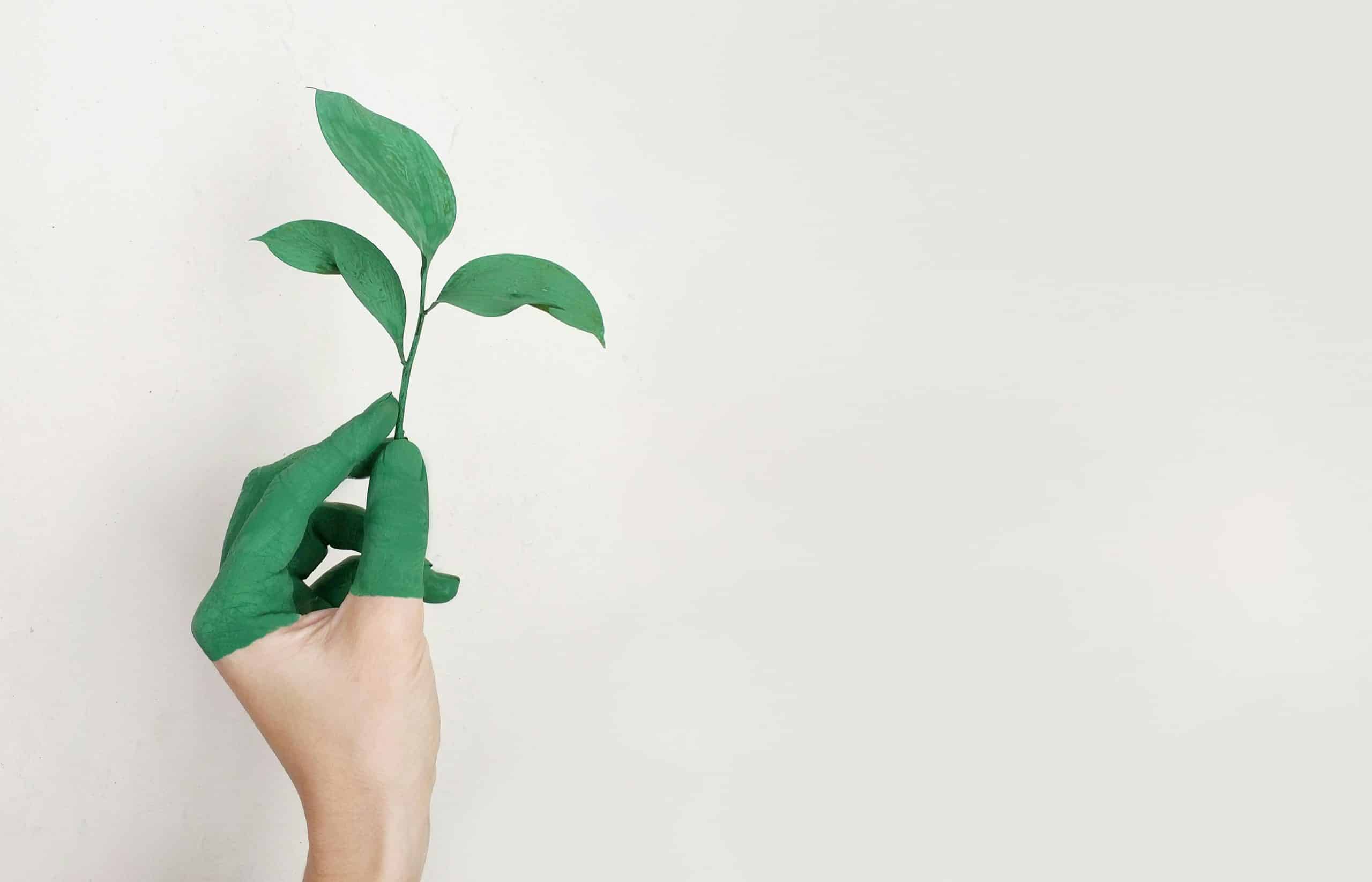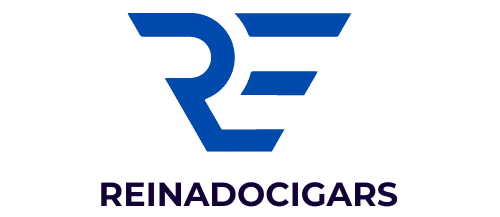How Can AI Enhance the Creativity and Productivity of Design and Artistic Processes?

Introduction
In an era where we have a wealth of information at our fingertips and a constant influx of new technologies, it is no surprise that Artificial Intelligence (AI) is beginning to make a substantial impact on the world of design and art. Through machine learning algorithms and sophisticated data analysis, AI can provide a myriad of creative solutions and tools aimed at enhancing both the creativity and productivity in design and artistic processes. From generative design to automated content creation, AI is revolutionizing how artists and designers work. Let’s dive in to understand how.
The Advent of Generative Design
Generative design is a ground-breaking approach that is transforming how designers approach their work. It leverages AI algorithms to simulate a multitude of design solutions and select the most efficient option based on predefined parameters.
A découvrir également : What Innovations Are Key to Developing More Sustainable and Eco-Friendly Electronics?
This approach is not about replacing the human designer, but rather about augmenting their capabilities. With generative design, designers can explore a broader range of solutions, iterate faster, and optimize their designs for specific objectives. It also frees up time for the designers to focus on high-level strategic tasks, thereby increasing productivity.
While generative design might sound like a futuristic concept, it is already being used in various industries. For example, in the automotive sector, companies are employing AI to generate designs for lightweight, fuel-efficient vehicle parts. Similarly, in the world of fashion, AI is being used to generate unique pattern designs based on current trends.
A lire en complément : What Is the Impact of Technology on Enhancing Accessibility for People with Disabilities?
Automating Mundane Tasks With AI
One of the significant ways AI can enhance productivity in design and art is by automating mundane tasks. This allows creatives to focus more on the conceptual and innovative aspects of their work.
For instance, AI can now create basic graphic designs, resize and crop images, and even generate simple content. By reducing the amount of time spent on these simple tasks, artists and designers can focus more on the creative aspects of their projects, thereby enhancing their overall creative output.
Some software companies have developed AI-powered tools that can automate tasks like color correction, image retouching, and even 3D modeling. These tools can significantly reduce the time taken for these tasks, thus increasing productivity for designers and artists.
AI-Powered Creative Tools
AI is not just about automating tasks. It also provides artists and designers with a multitude of creative tools that can enhance their creativity and allow them to produce unique and innovative designs.
Take, for instance, the use of AI in photo editing. Software like Photoshop now uses AI to understand the context of an image and provide suggestions for edits. This significantly reduces the time required to edit an image, allowing photographers more time to focus on their artistic vision.
Recently, AI has also been used to develop tools that can generate unique art. These AI-powered tools use machine learning to understand an artist’s style and then generate art in a similar vein. It allows artists to experiment with new styles and mediums, thereby pushing the boundaries of their creativity.
Data-Driven Insights and Customization
Data is the backbone of AI. It is through analyzing large amounts of data that AI algorithms can learn and make predictions. This data-driven approach also has significant implications for the design and art world.
Through data analysis, designers can gain insights into user behavior and preferences, allowing them to create designs that are more user-centric. For instance, in web design, AI can analyze user data to understand how users interact with a website and then suggest design improvements to enhance the user experience.
Similarly, in the world of art, data can be used to understand trends and predict what type of art might be popular in the future. This information can help artists and galleries make more informed decisions about what type of art to create or exhibit.
Moreover, data can also be used to create customized designs. For example, some fashion brands are now using AI to analyze customer data and create personalized clothing recommendations. This use of AI to create customized designs not only enhances the user experience but also opens up new opportunities for designers to showcase their creativity.
Conclusion
While AI is still in its nascent stages in the world of design and art, it is clear that it has the potential to significantly enhance both creativity and productivity. Whether through generative design, automating mundane tasks, providing innovative tools, or offering data-driven insights, AI is bound to continue shaping the future of the design and art world in unimaginable ways. It is, therefore, crucial for artists and designers to understand and embrace this technology, as it could be a game-changer for their work processes. As with all technologies, AI also comes with its set of challenges and ethical considerations. However, if used responsibly and thoughtfully, AI can be a powerful ally in the journey of creativity and innovation.
AI in Content Creation and Social Media
One of the dynamic arenas where AI is making a significant impact is in content creation and social media. With the capability to analyze vast data sets, AI can assist in creating targeted content that resonates with a specific target audience. It can suggest content topics, generate headlines, and even write short-form content like social media posts, thus, significantly enhancing the creative process.
For example, AI-powered tools like content optimization platforms can analyze a business’s existing content portfolio, assess what content performs well with its target audience, and suggest ways to replicate that success. This could involve creating more of a specific type of content, tweaking the tone of voice, or targeting different demographics.
In the realm of social media, AI can analyze user behavior and preferences to suggest the optimal timing for posts, the type of content that will engage the most users, and even predict trending topics. This allows companies to stay ahead of the curve and meet their audience where they are.
AI can also automate the repetitive tasks prevalent in social media management, such as scheduling posts, responding to straightforward customer inquiries, and tracking performance metrics. The automation of these tasks gives social media managers more time to focus on creative work, such as crafting compelling content and developing innovative social media campaigns.
AI in Product Design and Ethical Considerations
AI is also revolutionizing product design. It can analyze user behavior and data to anticipate user needs and preferences. For example, in the realm of graphic design, AI-powered tools can suggest color palettes, typography, and layouts based on the target audience’s preferences and design trends.
AI can also aid in real-time prototyping, allowing designers to see how their designs will look and function in a real-world scenario. This capability to iterate and refine designs in real time significantly enhances the design process and results in products that are truly user-centric.
However, as AI becomes more integral to design and art, it raises important ethical considerations. The use of AI in creative work brings questions about ownership and authenticity. For example, if an AI creates a piece of art, who owns the copyright to that art? Is it the creator of the AI, or is it the user who gave the input to the AI?
Moreover, with AI’s ability to generate content based on data, there’s a risk of invasion of privacy. For instance, if a company uses AI to analyze a user’s social media posts to create targeted content, it could be viewed as an invasion of that user’s privacy.
Conclusion
The impact of AI on the world of design and art is undeniable. This technology is not just enhancing the creative process, but also redefining it. From generative tools and automated content creation to data-driven insights and real-time prototyping, AI is unleashing new levels of creativity and productivity.
However, it’s essential to navigate this new landscape with a mindful approach, considering the ethical implications that come with the use of AI. The key lies in harnessing the power of AI to enhance human creativity, not replace it. As we continue to explore the possibilities of this powerful technology, it is crucial to remember that at the heart of every design and art piece, is the human imagination and spirit. AI is here to augment that spirit, leading us into a new era of creativity and innovation.
